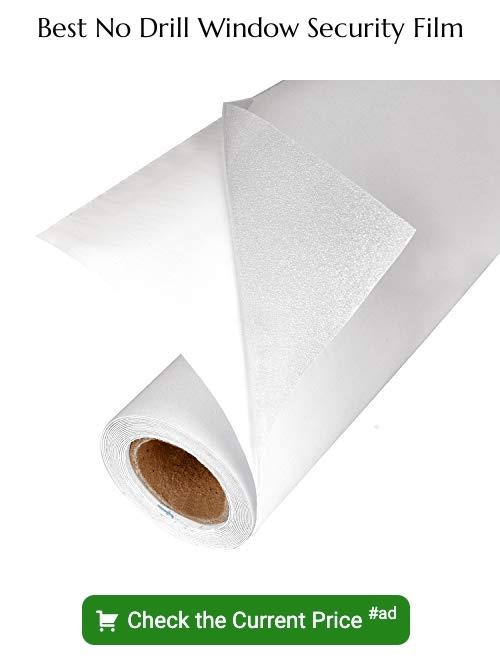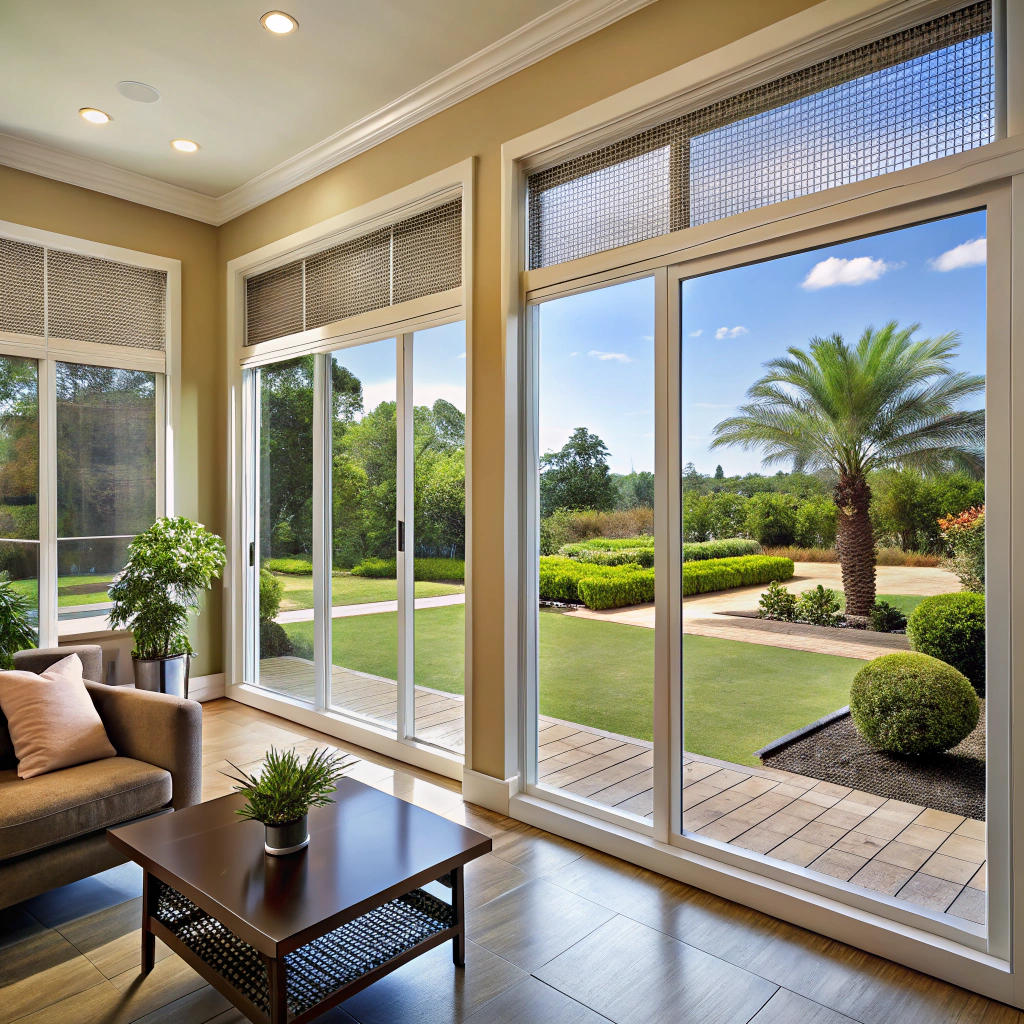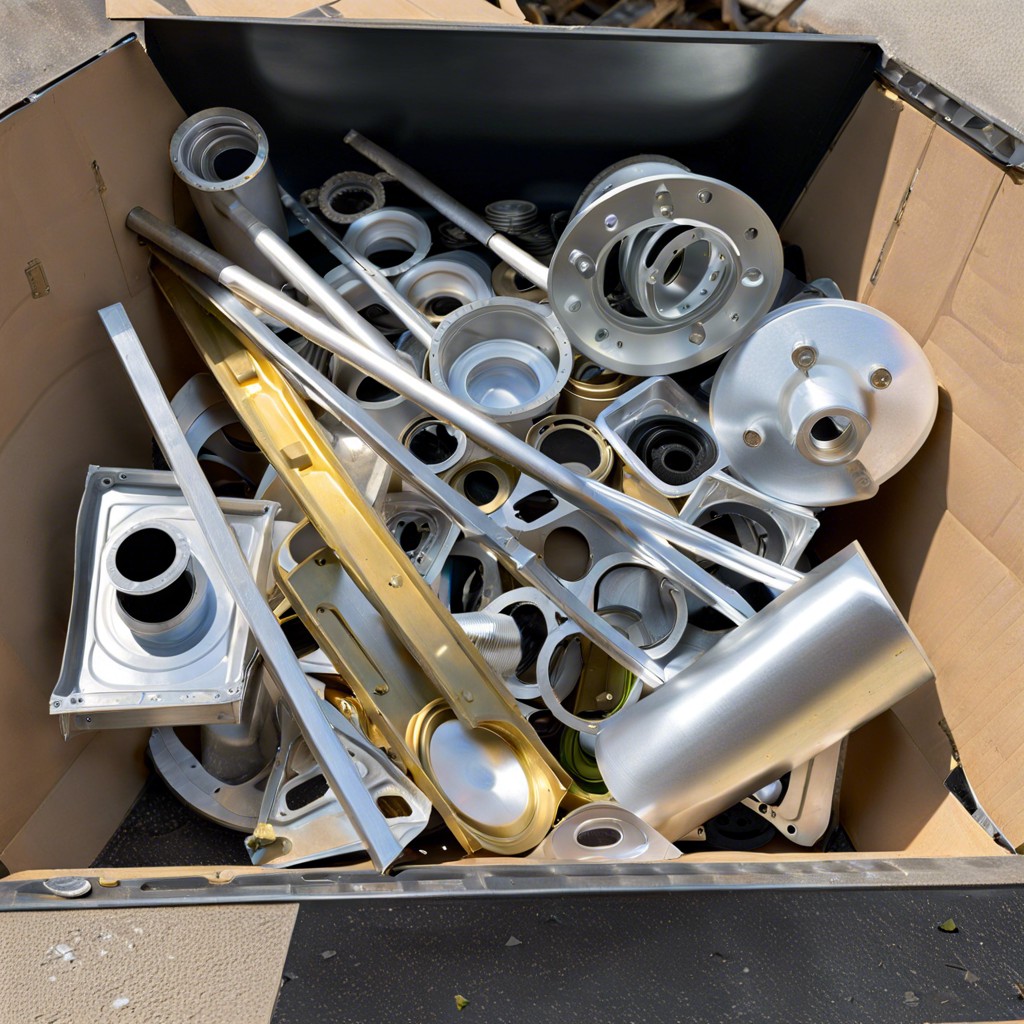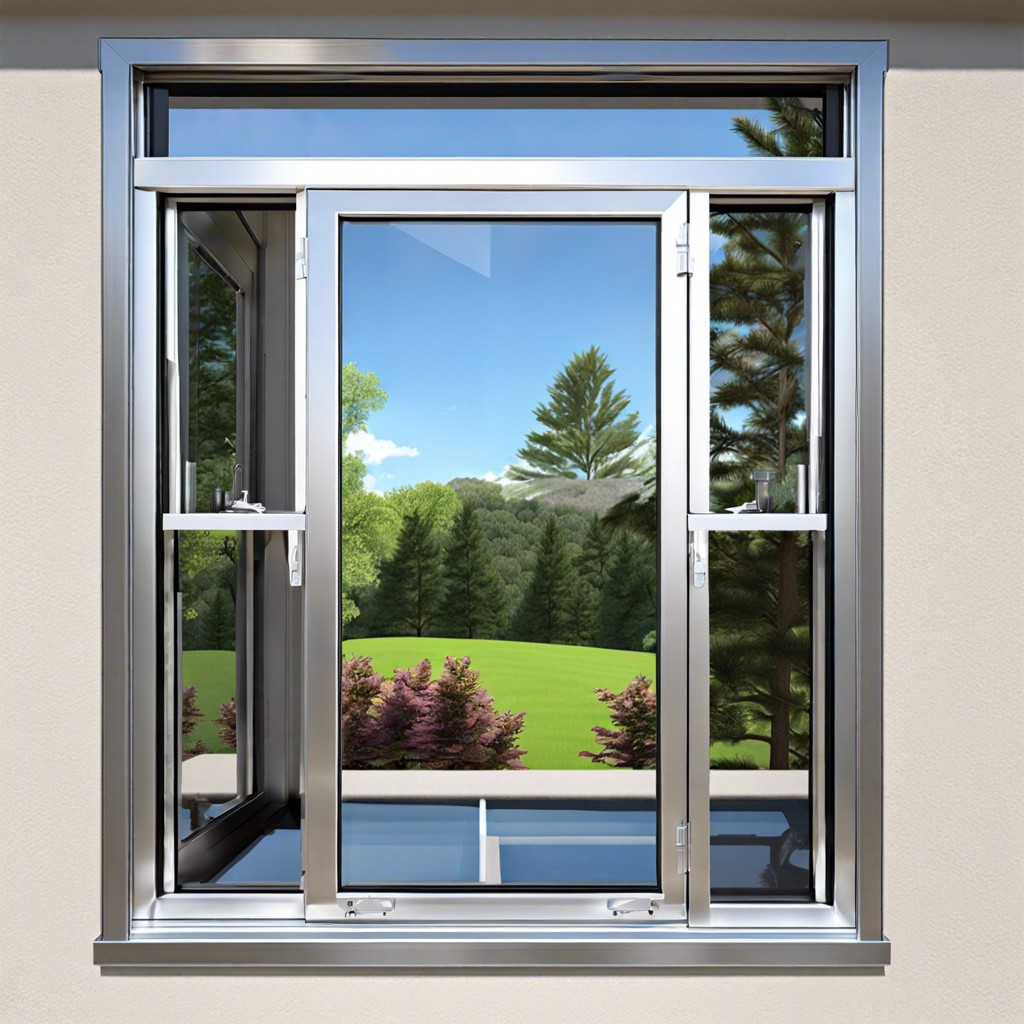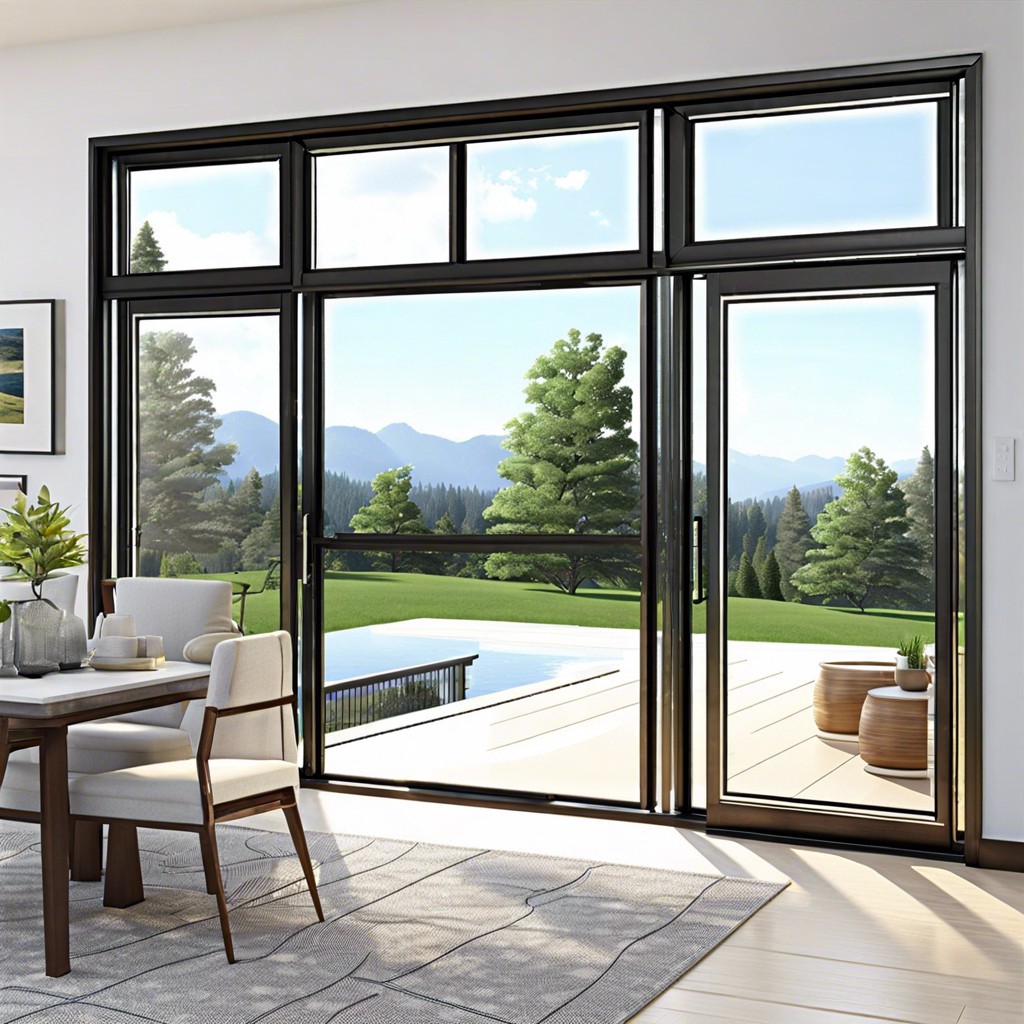Discover the simple steps to secure your windows without drilling, ensuring your home’s protection while maintaining its aesthetics.
Picture this: it’s a stormy night, and the wind is howling outside. Suddenly, you hear a loud crash – a tree branch has fallen and shattered one of your windows.
Or maybe you’re facing an emergency situation where you need to secure your windows without drilling holes into them. Whatever the reason may be, boarding up a window can be an intimidating task for homeowners who don’t have experience with DIY projects.
But fear not! In this blog post, we’ll guide you through the process of boarding up a window without drilling – so that you can keep your home safe and secure in any situation.
Key takeaways:
- Boarding up windows without drilling is a temporary solution.
- Measure window size, choose suitable board material, and gather necessary tools.
- Apply adhesive and secure the board to the window.
- Consider using support brackets and weatherstripping for added stability and insulation.
- Regularly check for gaps, maintain the board, and remove when necessary.
Reasons to Board Up Windows Without Drilling
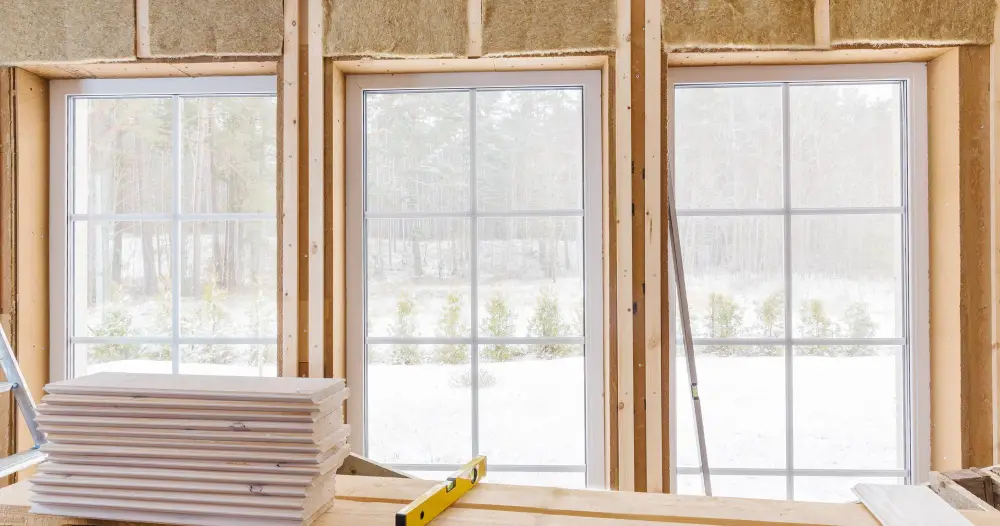
Perhaps you’re renting and don’t want to damage the property, or maybe your windows have unique features that make them difficult to drill into. Whatever the reason may be, boarding up a window can provide temporary protection until permanent repairs can be made.
Boarding up windows is especially important during natural disasters such as hurricanes or tornadoes when high winds and flying debris pose a significant threat. It’s also useful in emergency situations where immediate action is required, such as break-ins or vandalism.
Boarding up windows can serve as an effective deterrent against burglars by making it more challenging for them to gain entry into your home. By taking proactive measures like this one, homeowners can increase their sense of security and peace of mind knowing that they’ve taken steps towards protecting their property from potential threats.
Assessing the Window Size
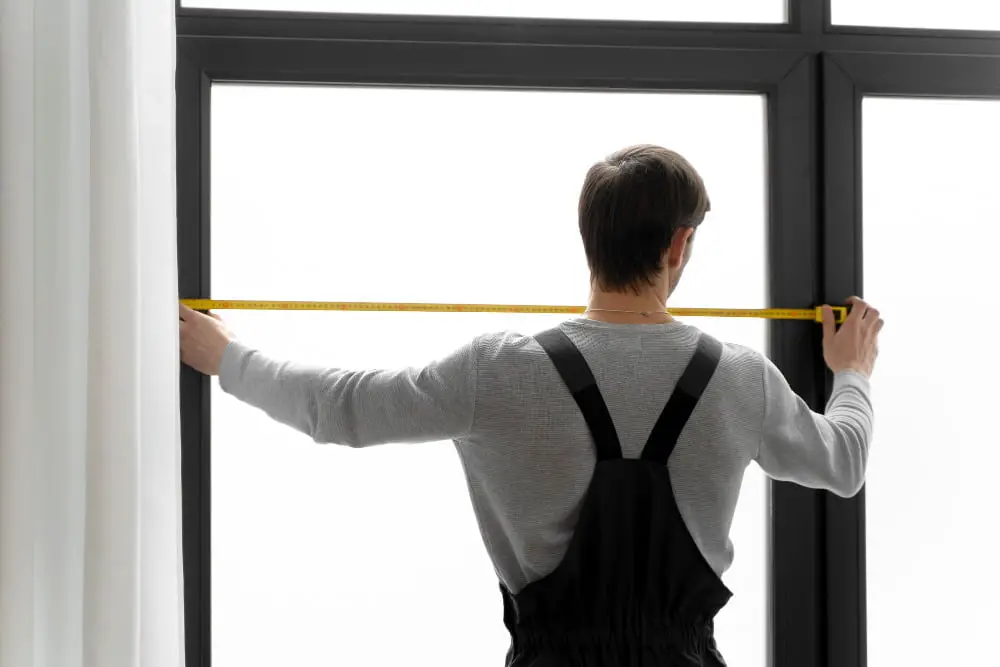
This will help you determine how much material you’ll need and what type of board will work best for your situation. To get started, measure both the height and width of your window frame using a tape measure or ruler.
It’s important to note that not all windows are created equal – some may be larger or smaller than standard sizes, which means that you’ll need to customize your board accordingly. If there are any obstructions around the window (such as shutters or decorative trim), make sure to take these into account when measuring.
Once you have an accurate measurement of your window’s dimensions, it’s time to choose a suitable board material based on its thickness and durability. Plywood boards are commonly used for this purpose because they’re affordable and easy-to-find at most hardware stores; however, other materials like polycarbonate sheets can also be used depending on their availability in local markets.
Choosing the Right Board
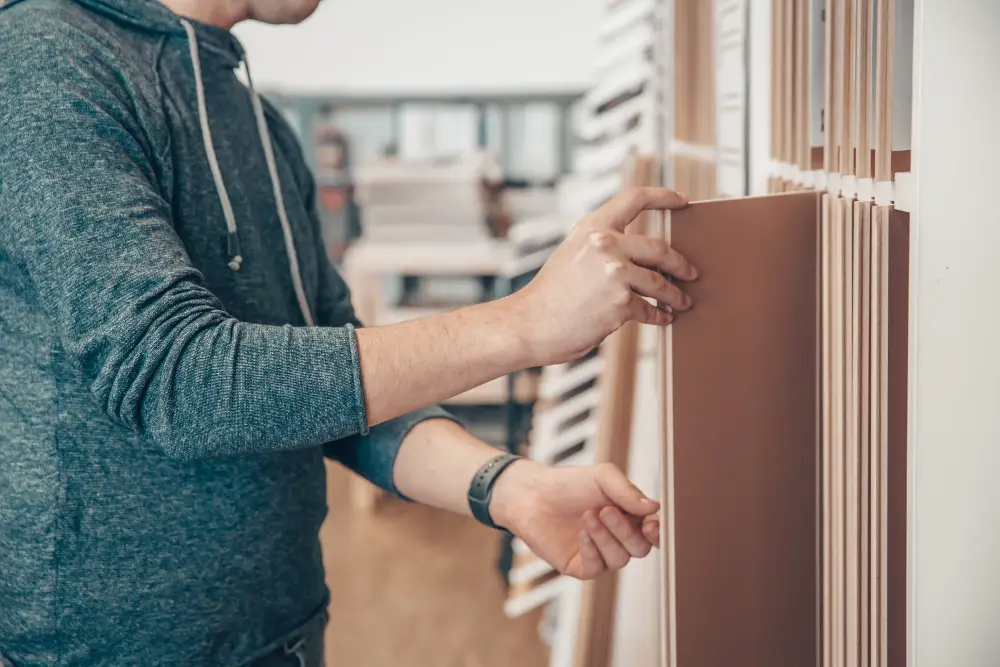
The most common materials used for this purpose are plywood and OSB (oriented strand board). Both options are affordable, easy to find at hardware stores, and can be cut into custom sizes.
When choosing a board, make sure that it is thick enough to provide adequate protection against potential intruders or weather damage. A 1/2-inch thickness is usually sufficient for most windows but consider going thicker if you live in an area prone to severe storms or high crime rates.
Check that the wood is free from knots and cracks as these imperfections can weaken its structural integrity. If possible, opt for pressure-treated lumber as this type of wood has been treated with chemicals that resist rotting and insect infestations.
Remember: safety should always come first when handling power tools like saws or drills during cutting boards.
Gathering Necessary Materials
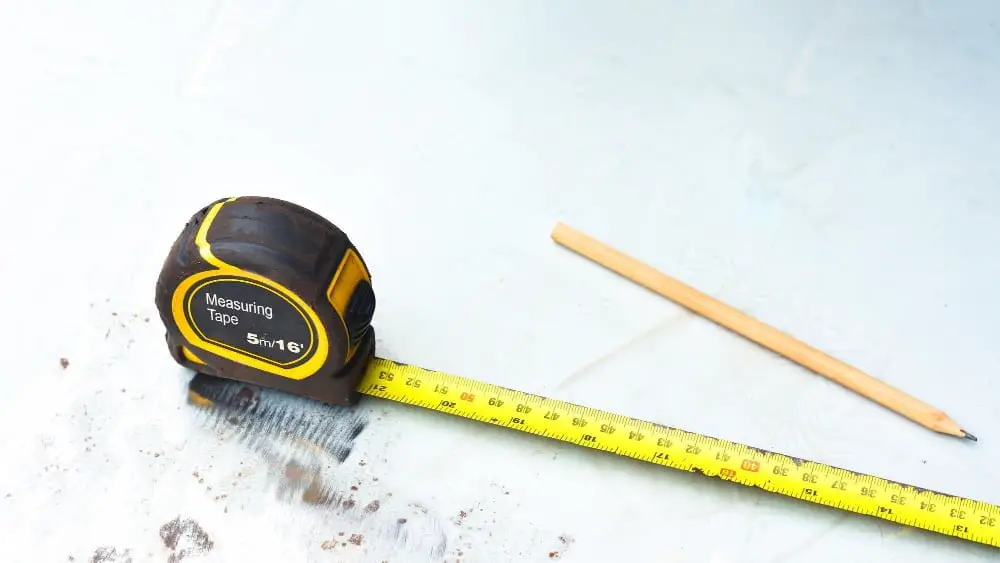
You’ll need a few basic tools and supplies that you may already have at home or can easily purchase from a hardware store.
Firstly, you’ll need a measuring tape to measure the dimensions of your window accurately. Next, get yourself some plywood boards – make sure they’re thick enough to provide adequate protection against external elements such as wind or debris.
You will also require screws for securing the board onto your window frame. Make sure they are long enough to penetrate through both layers without causing any damage.
To apply adhesive on one side of each board before installation, grab some construction adhesive like Liquid Nails or Gorilla Glue from any local hardware store near you.
Lastly, don’t forget about safety gear! Wear gloves while handling sharp objects like saws and drills; goggles protect eyes from flying debris during cutting processes too!
Measuring and Cutting the Board
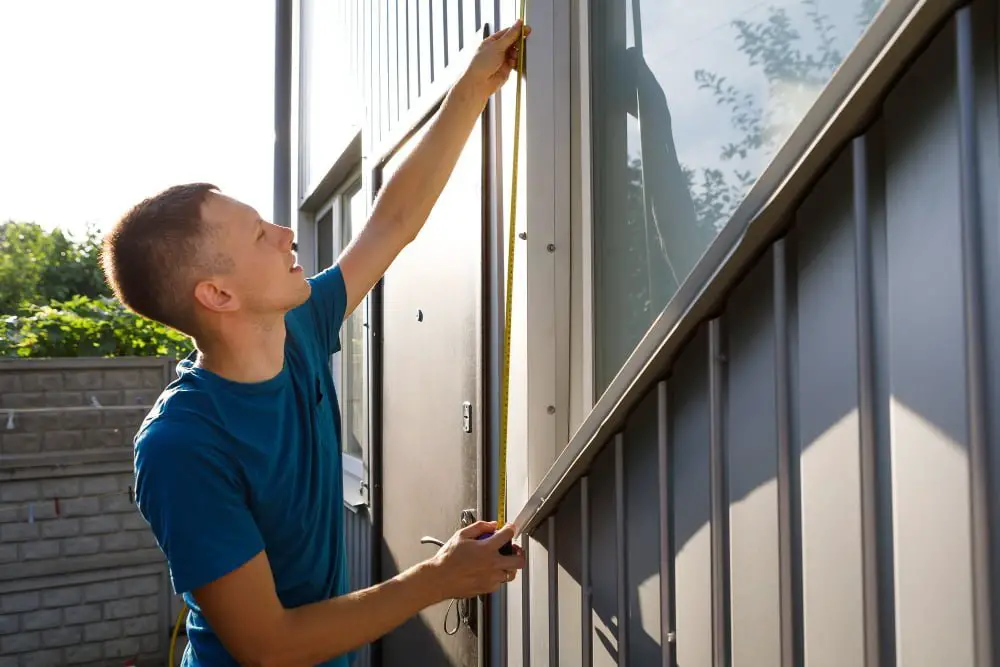
This step is crucial because an ill-fitting board can compromise your home’s security. Start by measuring the height and width of your window opening using a tape measure.
Add two inches to each measurement to ensure that you have enough material for overlap.
Next, transfer these measurements onto your chosen board using a straight edge or ruler as a guide. Use a pencil or marker to mark where you need to make cuts on the wood surface.
When cutting, use appropriate tools such as saws or jigsaws depending on what type of material you are working with (e.g., plywood). Make sure that all edges are smooth and free from splinters before proceeding with installation.
Preparing the Window Surface
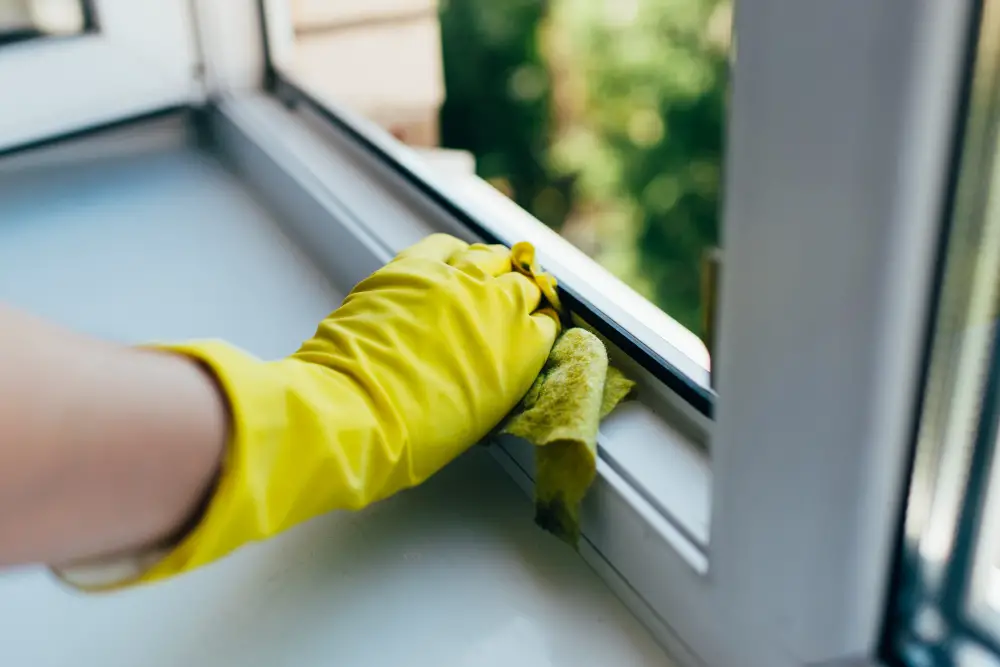
This step ensures that the board adheres correctly and provides a secure fit. First, remove any debris or broken glass from around the window frame using gloves and protective eyewear.
Next, clean the surface with soap and water to remove dirt or grime buildup.
Once you’ve cleaned off any residue on your window frame, dry it thoroughly with a towel before applying adhesive tape for added security. Make sure that there are no gaps between the tape strips as this can compromise its effectiveness in holding up boards.
Applying Adhesive to the Board
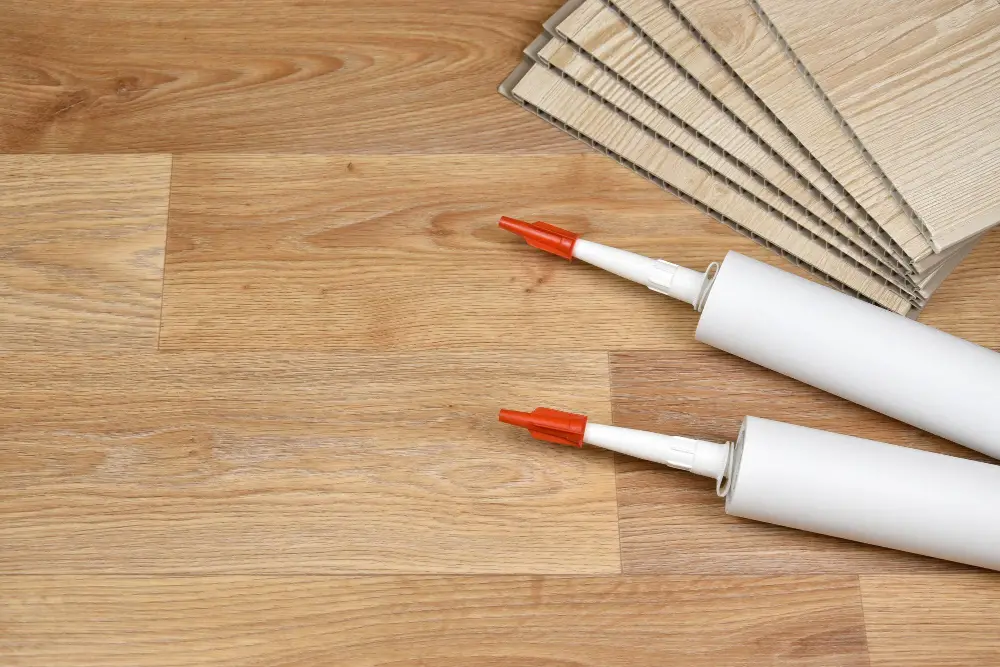
Adhesive is essential for securing the board in place without drilling holes into your window frame. There are different types of adhesives available on the market, but we recommend using a high-quality construction adhesive that can withstand harsh weather conditions.
To apply adhesive, start by applying a generous amount along one edge of the board. Then use a putty knife or scraper to spread it evenly across the surface of the wood.
Repeat this process along all edges until you have covered each side with an even layer of glue.
Be sure not to skimp on glue as this will compromise its effectiveness in holding up against strong winds and other external forces that may come into contact with your boarded-up windows.
Securing the Board to the Window
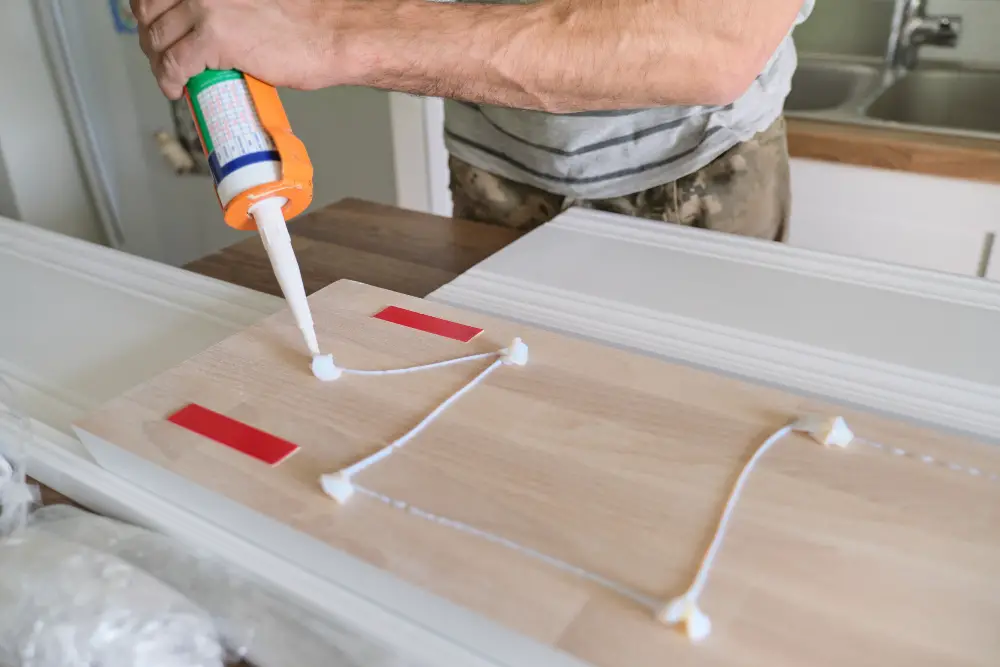
First, apply a generous amount of adhesive along the edges of the board that will come into contact with the window frame. Then, carefully position the board against your window and press firmly for several seconds to ensure a strong bond.
To provide additional stability, you can use support brackets on either side of your boarded-up window. These brackets should be screwed into both sides of your windowsill or wall using appropriate hardware.
It’s important to note that while boarding up windows without drilling is an effective temporary solution for securing broken or vulnerable windows, it is not intended as a permanent fix. Be sure to regularly check on any boarded-up windows and remove them once they are no longer needed.
In addition to boarding up options discussed above there are other alternatives such as installing security film over glass panes which can help prevent shattering upon impact from debris or intruders trying break-ins through unprotected glass surfaces.
Using Support Brackets for Stability
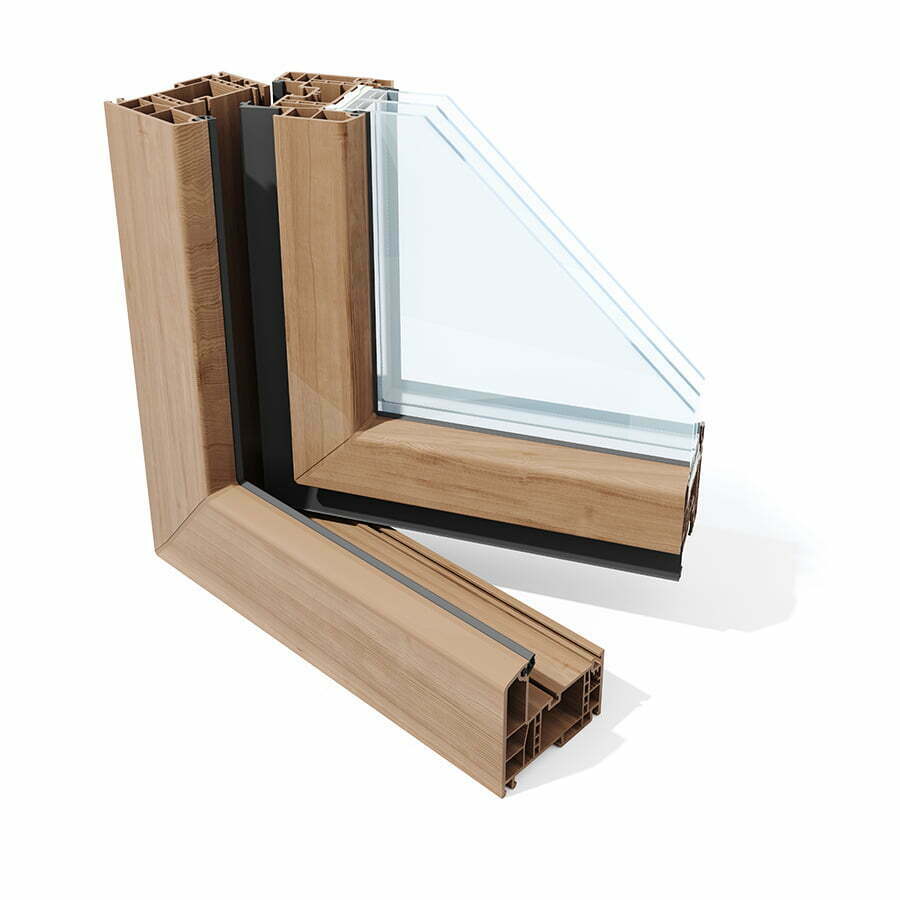
This is where support brackets come into play. Support brackets are L-shaped metal pieces that can be screwed onto both sides of the board and window frame for added stability.
To use support brackets, simply position them at each corner of your boarded-up window and screw them in using a drill or screwdriver. Make sure they’re tightly secured so that they don’t shift or move during high winds or other weather conditions.
Support brackets not only provide extra stability but also prevent intruders from easily removing the boards from outside your home. They’re an essential component when boarding up windows without drilling holes – ensuring maximum protection for your home while maintaining its aesthetic appeal.
Remember to follow all safety precautions when installing support brackets, including wearing gloves and eye protection while handling tools.
Applying Weatherstripping for Insulation
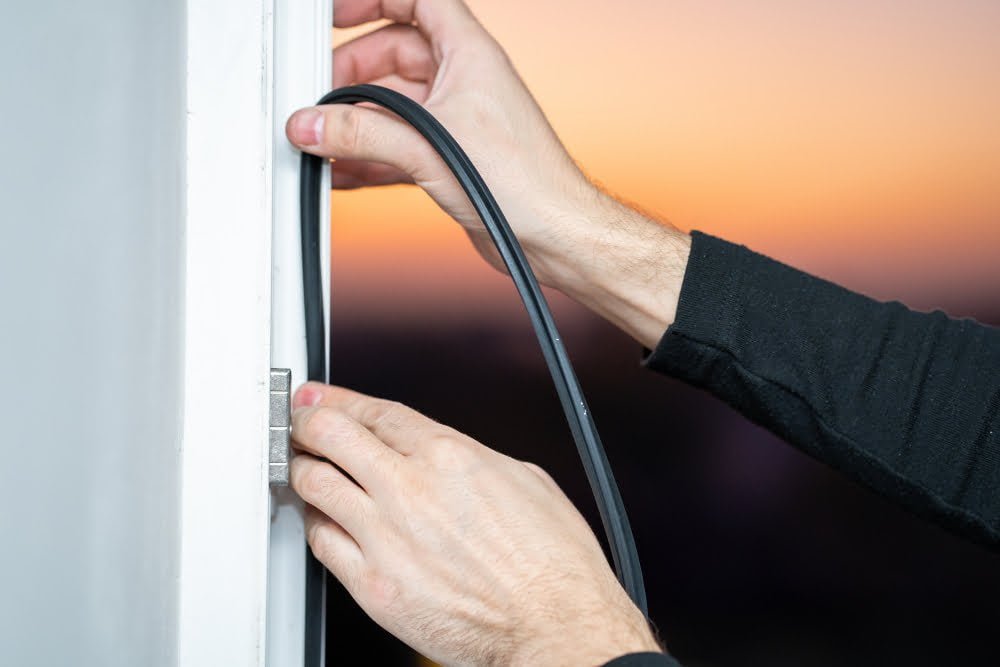
This is where weatherstripping comes in handy. Weatherstripping is a material used to seal gaps around windows and doors, preventing air leaks and improving insulation.
To apply weatherstripping, start by cleaning any debris or dirt from both sides of the window frame using a damp cloth. Then measure each side of your window frame carefully before cutting strips of weatherstripping accordingly.
Peel off one side of adhesive backing from each strip before pressing them firmly onto their respective sides on the inside edge of your window frame. Make sure that they’re aligned correctly with no overlaps or twists along their length.
Press down on each strip firmly with a flat tool like a putty knife for better adhesion while ensuring there are no bubbles trapped underneath them.
Checking for Gaps and Sealing
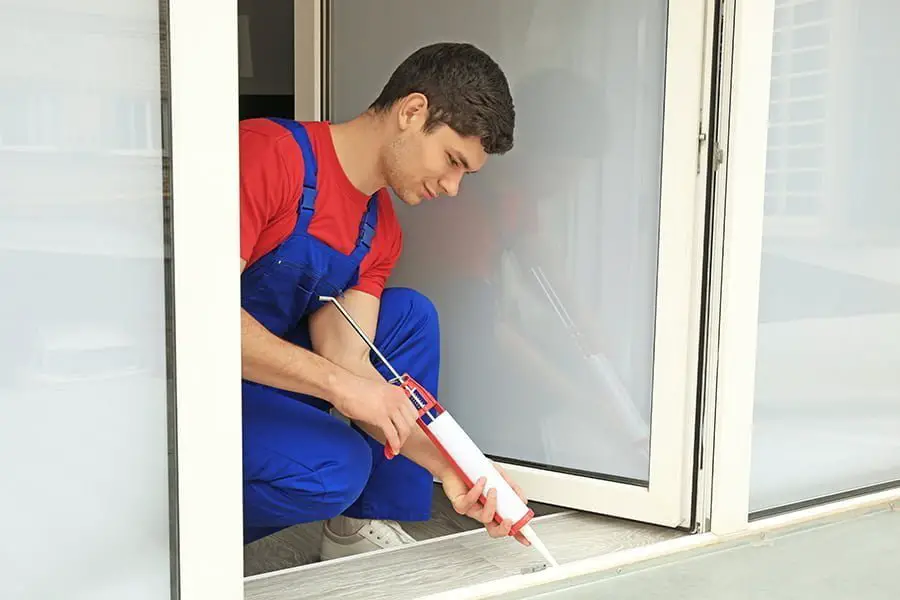
Even small gaps can allow wind, rain, and debris to enter your home – defeating the purpose of boarding up in the first place.
To check for gaps, run your hand along all edges of the board and feel for any air leaks. If you detect a gap or opening, use weatherstripping tape or caulk to seal it shut.
Weatherstripping tape is an easy-to-use option that can be applied quickly and removed without damaging surfaces when no longer needed.
Caulk is another effective sealing option but requires more time and effort than weatherstripping tape. Apply a bead of caulk around all edges where there are visible cracks between boards or between boards and windowsills.
Maintaining the Board During Use
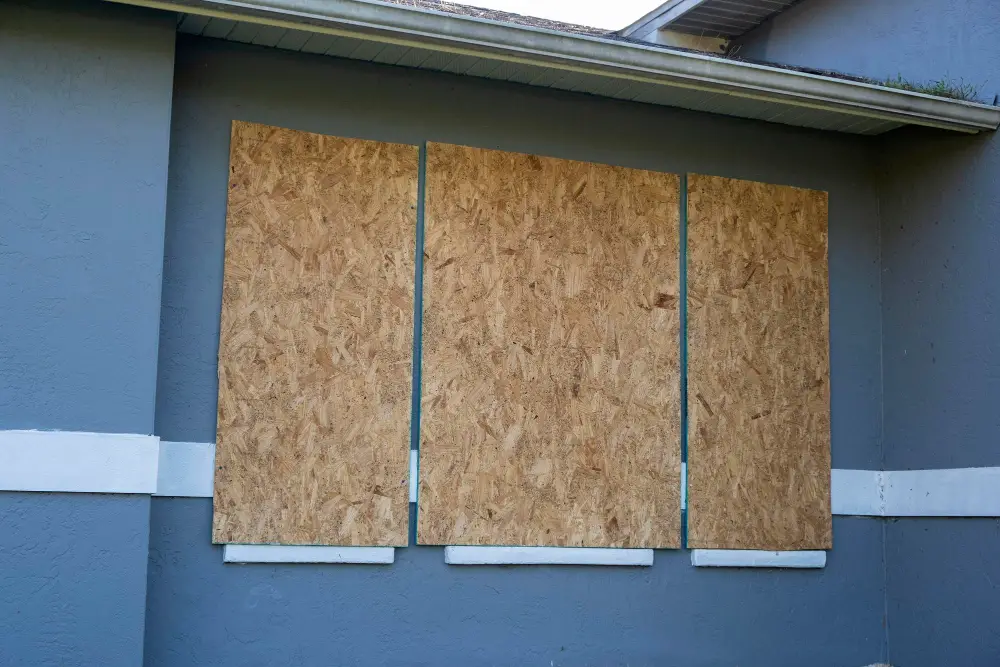
This will ensure that it remains secure and effective in protecting your home from external elements. One of the most critical aspects of maintaining a board is checking for any signs of wear or damage regularly.
If you notice any cracks or splits on the surface, replace them immediately with new boards.
Another essential aspect is keeping an eye out for gaps between the board and window frame as they can allow water, wind, or debris to enter through them. You can seal these gaps using weatherstripping tape around all edges where there are openings.
It’s also crucial to keep an eye on how well-supported your boards are over time since they may shift slightly due to temperature changes or other factors affecting their stability. Check periodically if support brackets need tightening so that everything stays securely in place.
Removing the Board When Necessary
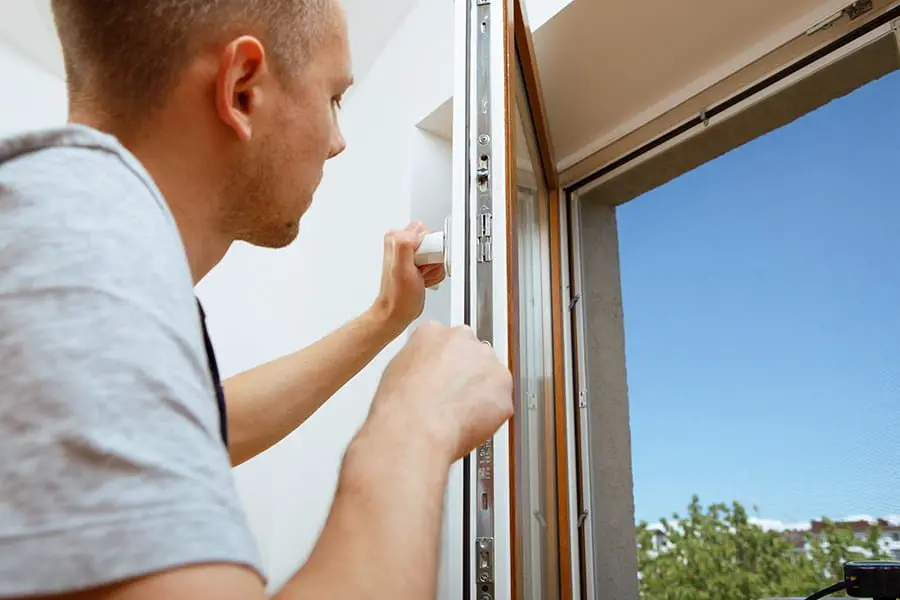
Start by removing any support brackets and weatherstripping that were added during installation.
Next, use a pry bar or hammer and chisel to gently loosen any adhesive holding the board in place. Be sure not to apply too much force as this can cause damage.
Once all adhesive has been removed, carefully lift the board away from the window surface while ensuring that it doesn’t fall out of your hands and shatter on impact with hard surfaces like concrete floors.
Clean up any remaining debris or residue left behind by using a scraper tool followed by soap water solution for thorough cleaning before storing them safely for future use if necessary.
Board Up Alternatives
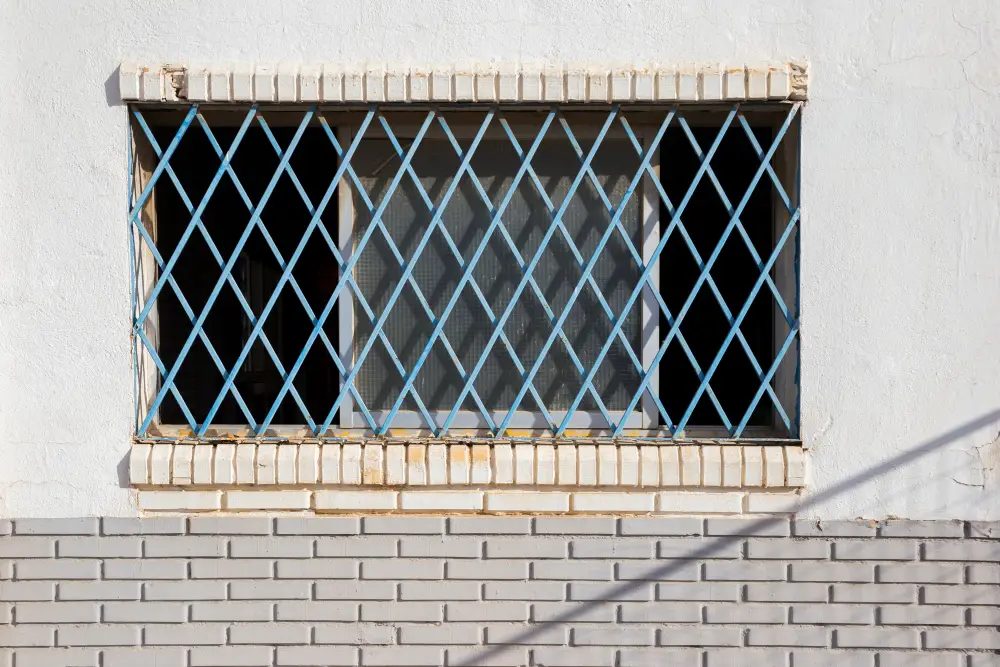
If you’re looking for alternatives to boarding up windows, there are a few options worth considering.
One alternative is using security film or shatter-resistant glass. These products can be applied directly onto the existing window and provide added protection against break-ins and severe weather conditions.
Another option is installing metal bars or grilles over your windows. While this may not be aesthetically pleasing, it provides excellent security against intruders while still allowing light into your home.
If you’re concerned about privacy rather than security, consider using frosted or tinted films on your windows instead of boarding them up completely.
Ultimately, the best solution will depend on your specific needs and preferences.
Safety Precautions and Tips
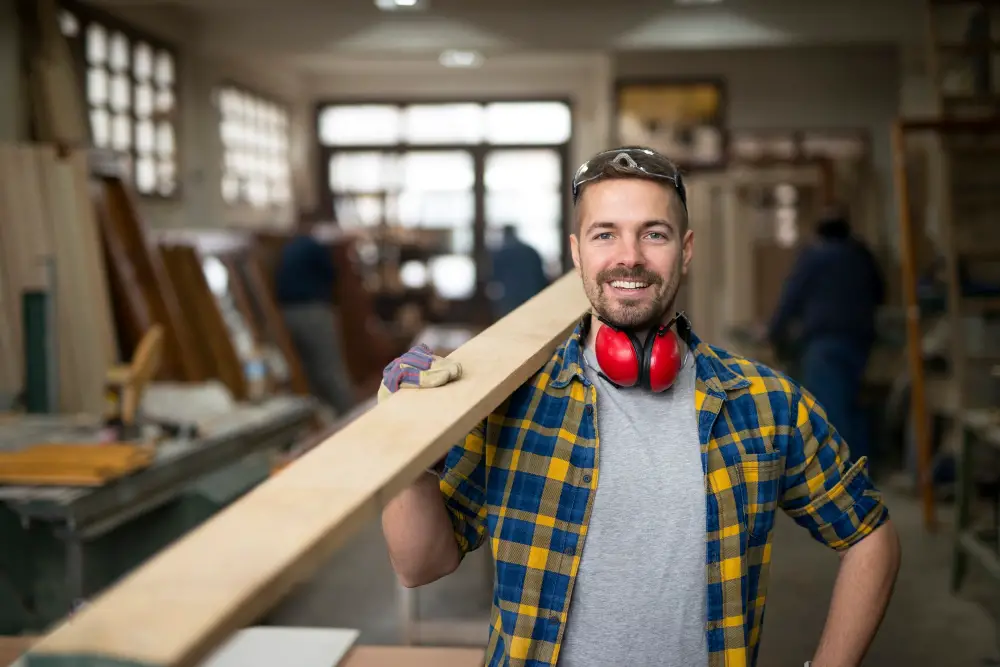
Before you begin the process, make sure that you have all the necessary protective gear such as gloves and goggles. Ensure that your ladder or step stool is stable and secure before climbing on it.
It’s also important to keep in mind that boarded-up windows can pose a fire hazard if they prevent occupants from escaping during an emergency. Therefore, consider installing smoke detectors near any boarded-up windows and creating an escape plan with alternative routes.
Lastly, remember to store any tools or materials out of reach of children or pets who may accidentally injure themselves while playing around them.
Additional Resources On Window Protection
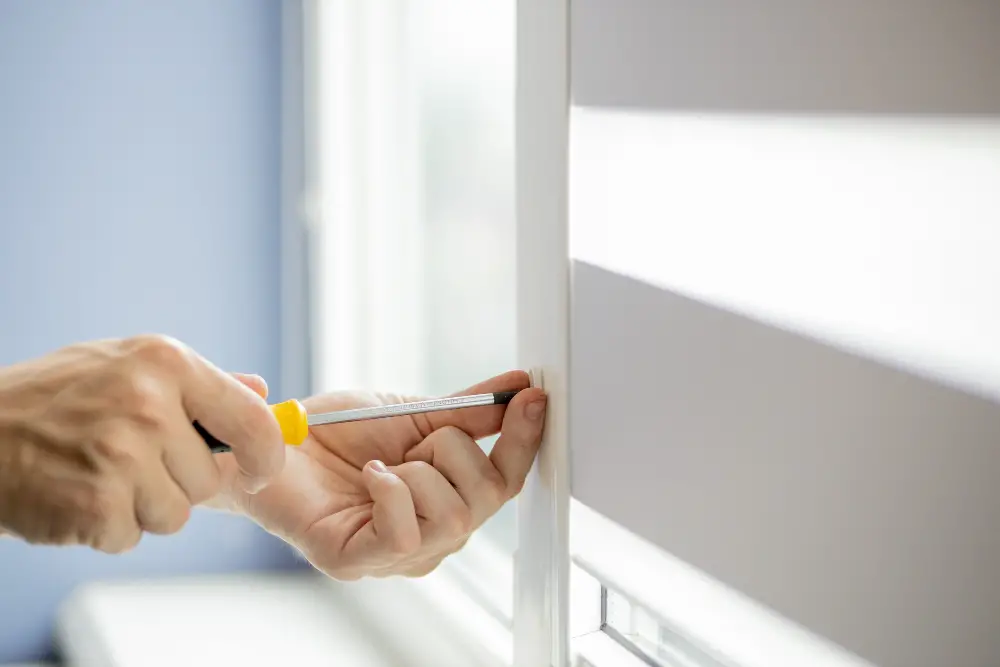
Boarding up your windows without drilling is just one way to protect your home from damage and keep you and your family safe. However, there are many other methods of window protection that you can explore.
If you’re interested in learning more about securing your windows or want to compare different options for window protection, there are plenty of resources available online. You can find articles on DIY projects like installing security film or creating custom shutters, as well as reviews of professional services like hurricane-proofing companies.
Many hardware stores offer free workshops on home improvement topics such as window repair and replacement – attending one could give you the skills and confidence needed to tackle future projects yourself.
By taking advantage of these additional resources on window protection, you’ll be better equipped to safeguard your home against potential threats while maintaining its aesthetic appeal.
FAQ
Can I board over a window?
Yes, you can board over a window, with options such as removing the frame and building a studded wall, or removing the glass and using UPVC boards on the outside and a timber frame on the inside.
What are alternative methods to secure a window without using drills and screws?
Alternative methods to secure a window without using drills and screws include using tension rod/window bars, lockable window latches, and security films for glass protection.
What materials can be used for boarding up windows without causing damage to the window frame?
Materials such as plywood, polycarbonate sheets or metal hurricane panels can be used for boarding up windows without causing damage to the window frame.
How can I temporarily reinforce a window without permanent modifications?
To temporarily reinforce a window without permanent modifications, use a security film or removable window bars for added protection.
Recap
